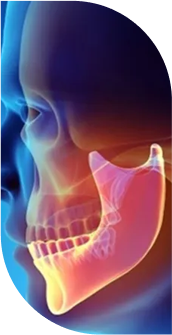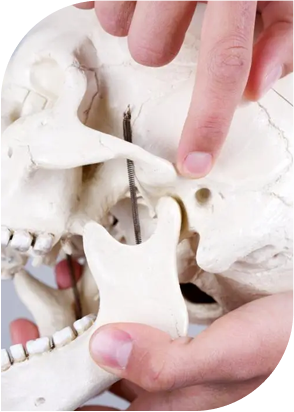- Call Now (905) 790-2345
- E-mail info@bramdaledentaloffice.com


Your temporomandibular joints are situated where your jaw and skull connect. You can open and shut your mouth, eat, speak, and swallow with the assistance of your TMJs and the muscles on each side of your jaw. These two joints are among the most intricate in the body and may move in a wide variety of ways. Together with your jaw bones, muscles, ligaments, and cartilage, they function in a delicate equilibrium. Pain may occur when an issue prevents these components from functioning as intended. "Temporomandibular Disorder," or TMD, is the term for conditions that cause discomfort in the joint that governs jaw movement. Women are twice as likely as males to have them.
The severity of the problem determines how the TMJ is managed or treated. Despite having TMJ disease symptoms, many individuals are still able to carry out their everyday activities without any problems. The disease may go away on its own for some people, while it may become worse over time for others.
Get in touch with Bramdale Dental in Brampton right now for additional details on TMD.
© Copyright Bramdale Dental Office All Rights Reserved.